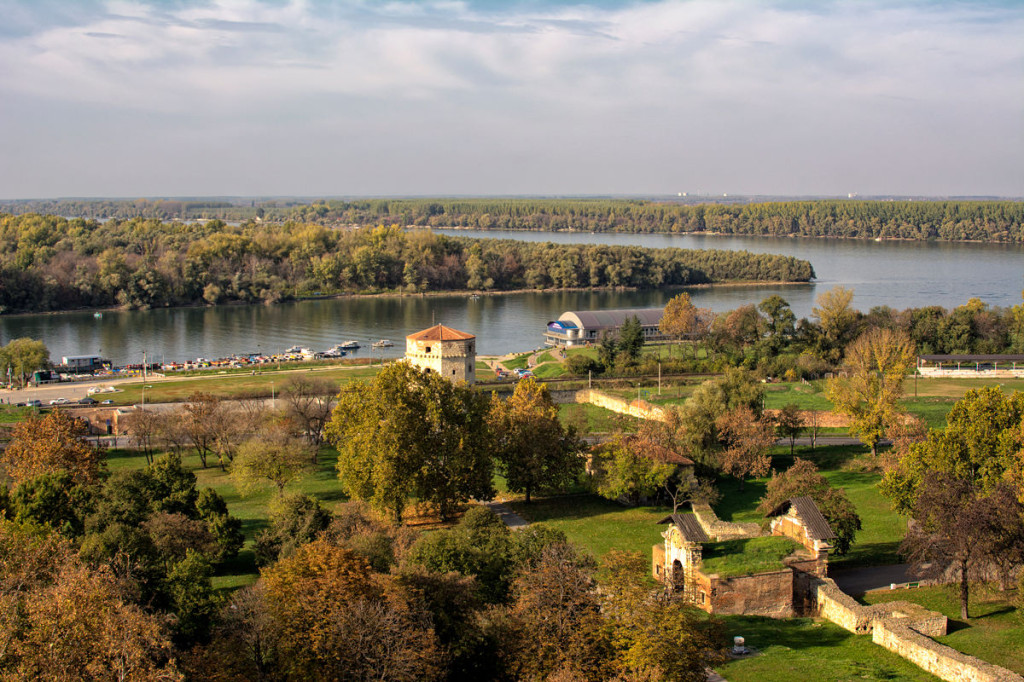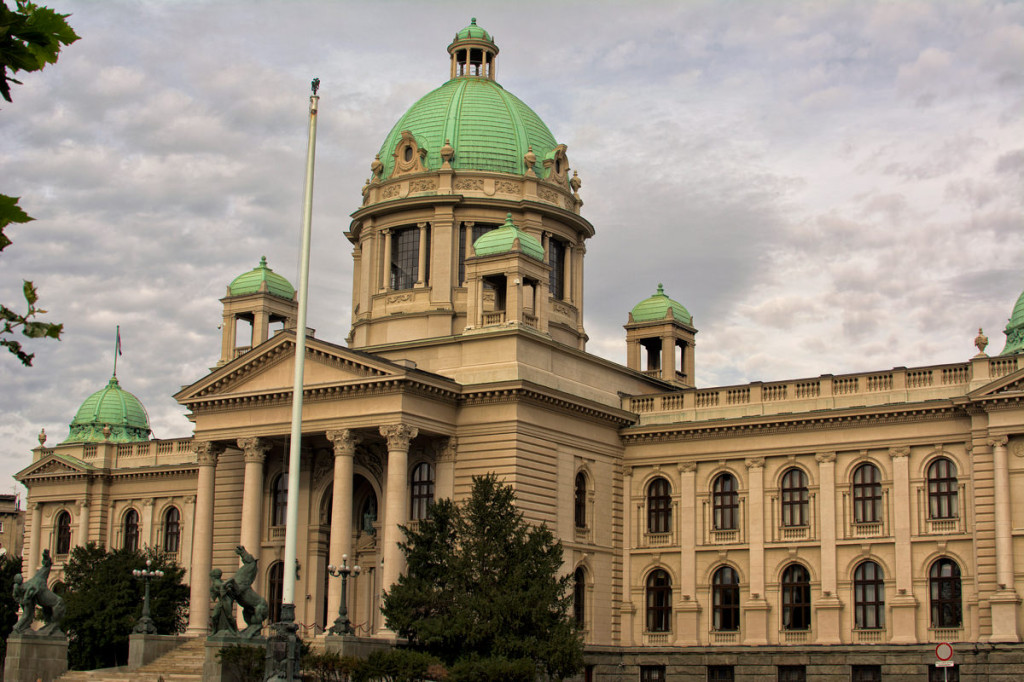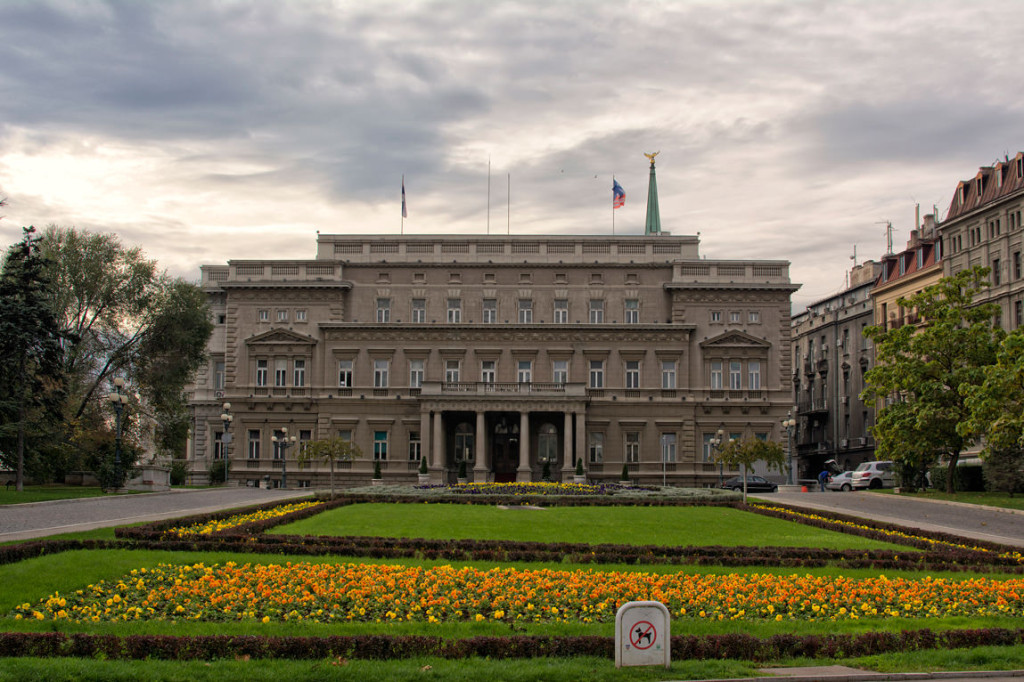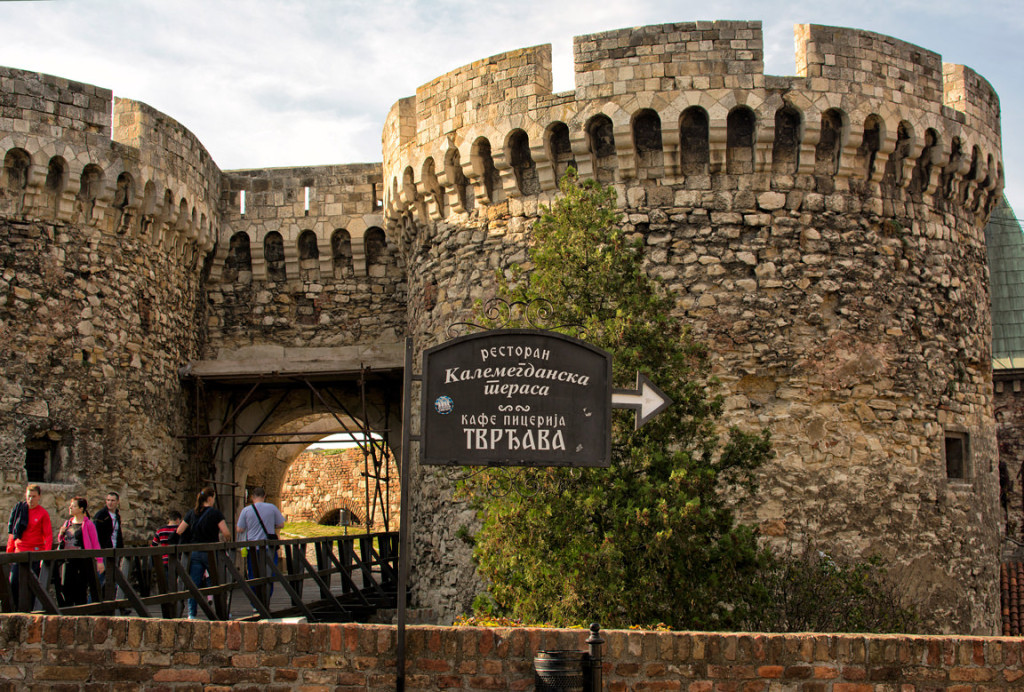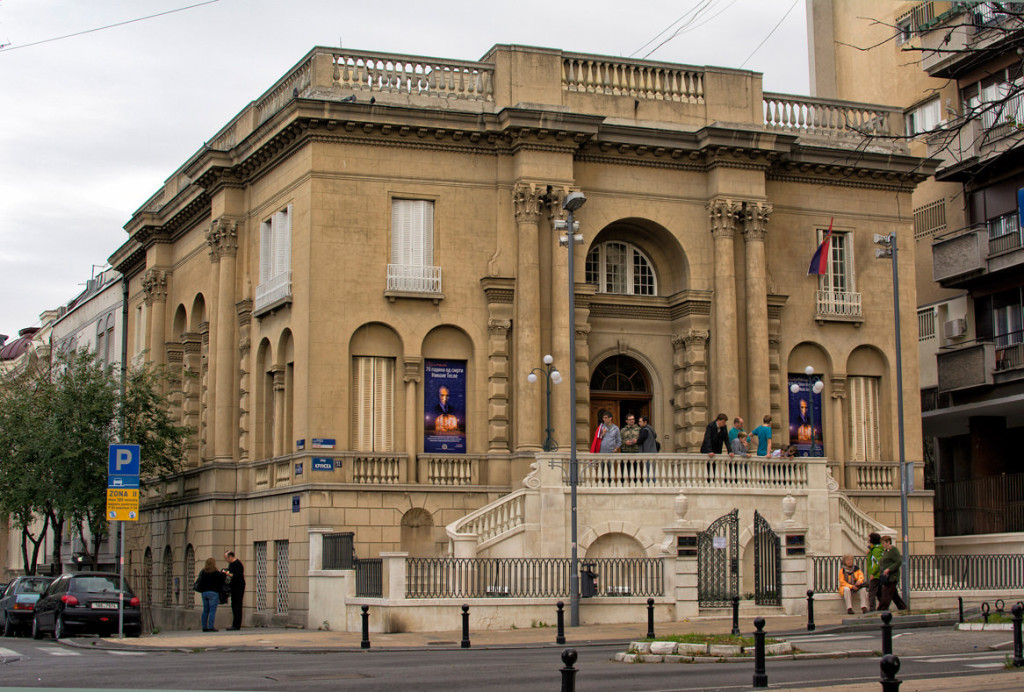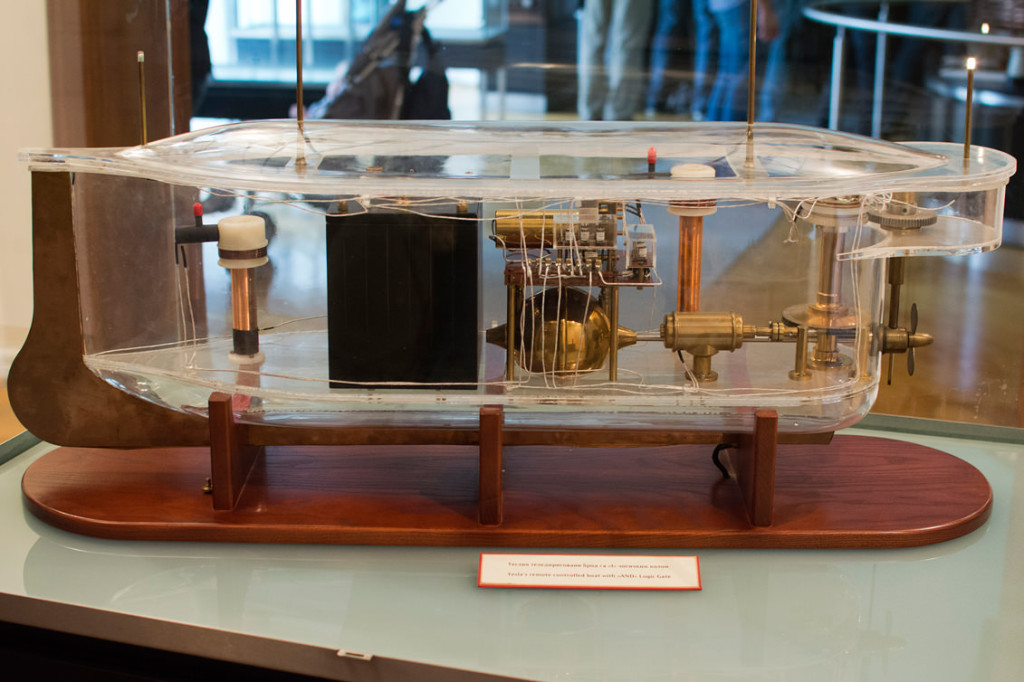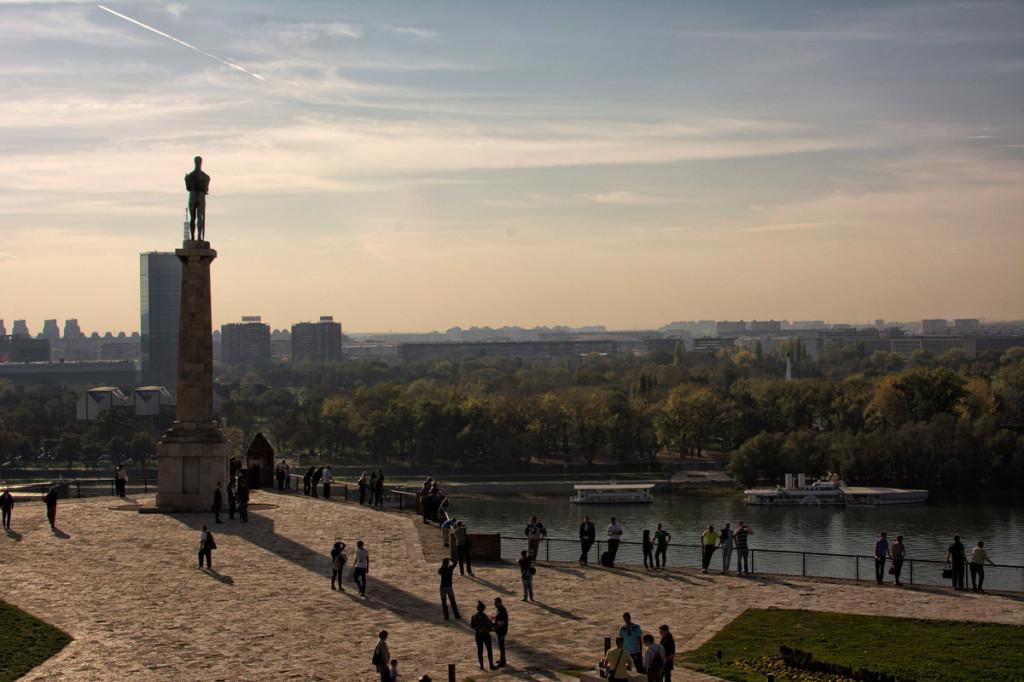Three Days in Belgrade – What We Saw and Did
Leaving Belgrade this morning, I found myself with mixed emotions. While I wasn’t overly sad to move on (as we had accomplished a lot in just three short days), the same cannot be said for some of our favorite cities including Nafplio and Seville, I was still glad for the time we spent exploring the city and the sightseeing we were able to accomplish.
Unlike many of the other cities we’ve visited, we didn’t have overly high expectations for Belgrade – there wasn’t anything in particular we wanted to see or do, with the exception of catching a soccer match and visiting the Tesla Museum, and our overall goal was simply to wander around. However much like Warsaw, Belgrade surprised us with its storied history, surprisingly varied architecture, and an unexpected amount of green space.
With the added bonus of some warm sunny weather (in early November no less!) we joined a free walking tour to orient ourselves to the city, and Kalmegdan Park quickly became one of our favorite places in town. Located on a cliff 125 meters above the junction of the Sava and the Danube, this park is a wonderful place to relax, and the home of the remains of the Belgrade Fortress – a definite must see for anyone visiting the city.
We also enjoyed taking in Belgrade’s varied mix of architectural styles during our strolls through the city. Although we can’t call it all beautiful, amongst the boxy socialist-style buildings, bland apartment blocks, and crumbling remains of structures bombed by NATO forces during the Kosovo War, it’s still easy to find some truly stunning examples of Art Nouveau, and Neo-Byzantine architecture.
One such example of a stunning building is a villa built in 1929 that is now the home of the Nikola Tesla Museum. Of course Travis was excited to visit the museum so we stopped in on Sunday morning. The museum is quite small, however it houses some of Tesla’s personal belongings and reconstructed scale models of many of his most famous inventions, which visitors can see in regular live demonstrations. The museum also displayed Tesla’s cremated remains during our visit and some very interesting documentation of telegrams and flower arrangements sent in response to his passing. The Nikola Tesla Museum came highly recommended by our walking tour guide and we can see why it is one of Belgrade’s most popular museums.
Although we left Belgrade with feelings, it was for different reasons than we might have anticipated. Instead of being disappointed with the city, we were instead disappointed that we didn’t get to see as much of it as we would have liked. Despite this, we still felt that our time in Serbia was well spent, and we feel we are able to leave with a better understanding of the country and its people.
As we wrap up our time in the Balkans, we will be sure to summarize our favorite sights, places, and attractions from these past four weeks in a few posts to come.

